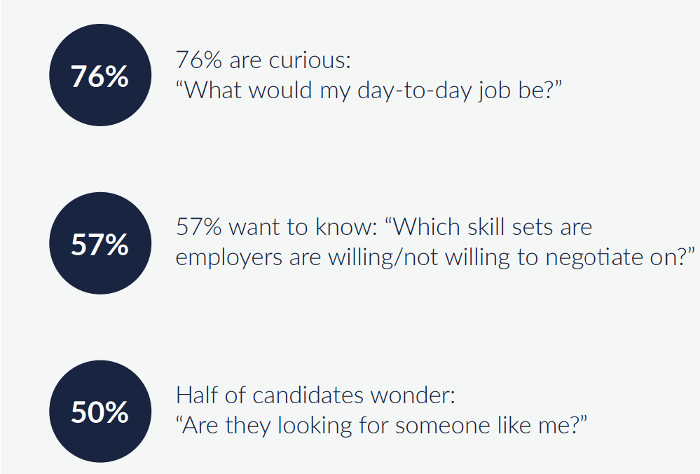The impact employer branding has on your recruitment strategy is becoming more and more apparent every day. We have all been there. ‘John’ seemed like a perfect fit for the role. He had the necessary qualifications, the required skillset and an abundance of experience. John was going to be a great hire. But three months later John decides the job isn’t for him and leaves. Why is this? It’s because while on paper John looked like the perfect fit for the role. The necessary steps weren’t taken to see if John was the right fit for the company.
Today, more than ever, hiring is not just about finding the right candidate for the role, but also finding the right person for the company.
To increase the chances of a candidate being the right fit for your organisation, it is vital to effectively manage your employer brand. Employer branding is all about giving the candidate a compelling experience and enforcing the vision and values of your organisation throughout every step of the recruitment process.
Employer Branding
A CareerArc survey of more than 200 HR professionals and 1,300 workers found that while 75% of job seekers consider employer branding before applying for a job, only 57% of organizations have an employer brand strategy. And what’s worse, 49% of employers feel they do not have the tools to effectively build their employer brand.
As the war for talent intensifies, the best companies are utilizing the strength of their employer brand in attracting the best talent. The days of organic growth of applications and what is popularly known in the industry as “post and pray” are over. Jobs boards in the traditional sense are unable to communicate your organisations values and culture to prospective candidates effectively.
While organisations with a strong brand are able to leverage it in attracting top talent, smaller firms have to think differently in understanding various aspects of their employer brand.
Smaller companies can compete with bigger firms by having:
- a well-defined career growth
- employee perks and benefits
- quality work opportunities
- and most importantly a clearly communicated vision statement.
Convincing Employer Branding communicates:
- Your company culture, mission and values to the current and future employees.
- Your company’s vision, the policies and risk that the company has put in place to attain them.
- The recruiting strategy that clearly defines what your company is about and showcases compelling reasons for potential hires to join your organization and thus creating an inbound recruiting pipeline.
Having a clearly defined and communicated company culture is the single most important element in attracting candidates that are a good fit for the organisation. If you don’t have a defined company culture, or don’t know what it is, it is time to put it down in writing now. This is so you can effectively leverage it to attract candidates. Lots of companies have great, well defined company cultures. Netflix has a culture fit checklist, is it time you had one too?
What Do Candidates Want?
When defining your culture and employer brand, it is important to answer the questions that prospective employees want answered. A recent candidate survey by CareerBuilder, found out what candidates want to know when they are looking at a potential new employer. Here are some of their findings:
According to Linkedin’s research, the most important factors candidates look at when evaluating employer branding are:
- Job security
- More opportunities for professional development
- An opportunity to work on a better team
- An organisation that shares your same personal values
- An organisation that is talked about positively by present or past employees
And what’s the cost of not having these elements? Apparently over £4 million per year in the UK, or over £3,000 per hire for a company of 10,000 employees. Or to put it another way, LinkedIn’s report estimates that bad employer branding adds 10% to the cost of hiring. This is what it’ll cost you in additional wages to compensate for a poor reputation.
Based on the average UK salary being £27,200 (according to ONS), assumed annual employee turnover of 15%, and the requirement of a minimum 10% pay rise. The cost of a bad reputation for a company with 10,000 employees could be as much as £4,080,000 per year.
It is all very good saying that you have a great company culture, or that you are concerned with reducing your environmental impact. However, in a competitive talent market, you need to back up what you say. Blogs, photos, graphics, videos and employee testimonials can provide a valuable insight into your company, and spark conversations. They don’t necessarily have to be slick (although it helps). However, they do have to be real. Authenticity is key and can act as a big differentiator in finding a just candidate that is just the right fit for the role, or a person that is the right fit for the company.




